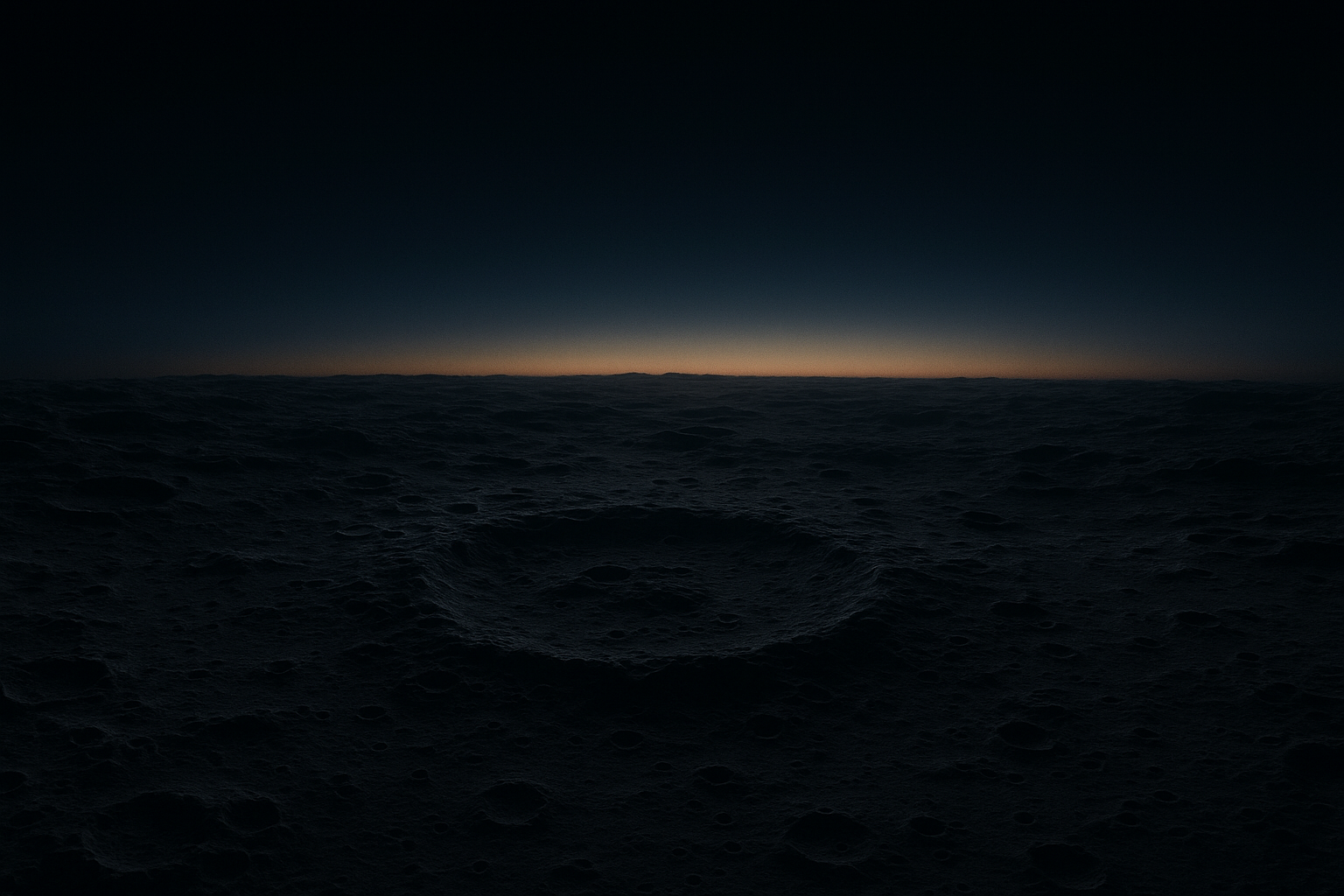Scientists are surprised: Traces of water on the Moon for the first time

These particles belong to a type of meteorite known as an Ivuna-type carbonaceous chondrite (CI chondrite), a type rarely found on Earth. The researchers say this discovery provides the first direct evidence that water-bearing asteroids reached the Moon in the early Solar System.
THEY DISAPPEAR WHEN THEY ENTER THE ATMOSPHERECI chondrites are known for their porous and brittle structure, with approximately 20 percent of their structure composed of water-bound minerals. This fragility means they typically fragment upon entering Earth's atmosphere, disappearing without a trace. Therefore, their discovery in an atmosphere-less environment like the Moon presents a significant scientific opportunity.
The research was conducted by a team led by Jintuan Wang and Zhiming Chen from the Chinese Academy of Sciences. The Chang'e-6 mission examined more than 5,000 dust samples taken from the Apollo crater at the Moon's south pole. This region is considered an ideal area to search for traces of ancient meteorite impacts.
NEITHER BELONGS TO THE MOON NOR THE EARTHThe scientists focused on the olivine minerals within these samples. These fragments were examined using advanced analytical techniques, including scanning electron microscopy and isotope measurements. They determined that the chemical makeup of seven fragments perfectly matched that of the olivine found in CI chondrites.

Analysis revealed that these particles were neither lunar nor Earth-borne, but were formed by the impact of a CI chondrite asteroid. After this impact, the particles rapidly cooled and survived to this day, preserving their chemical properties for billions of years.
BETTER PROTECTED ON THE MOONThis finding not only confirmed the presence of traces of CI chondrites on the Moon, but also suggested that the Moon's atmosphere-free nature could preserve such fragile materials much better than Earth's. The researchers suggest that 30 percent of the meteorite debris on the lunar surface may be of this type.
Scientists have long debated the hypothesis that CI chondrites may have carried water and volatiles to the early Earth and Moon. These seven tiny dust grains from the far side of the Moon provide concrete evidence supporting this theory.
This groundbreaking work has been published in the journal Proceedings of the National Academy of Sciences. The team stated that they will continue to develop new methods so that future lunar missions can analyze such exogenous materials in greater detail.
SÖZCÜ




